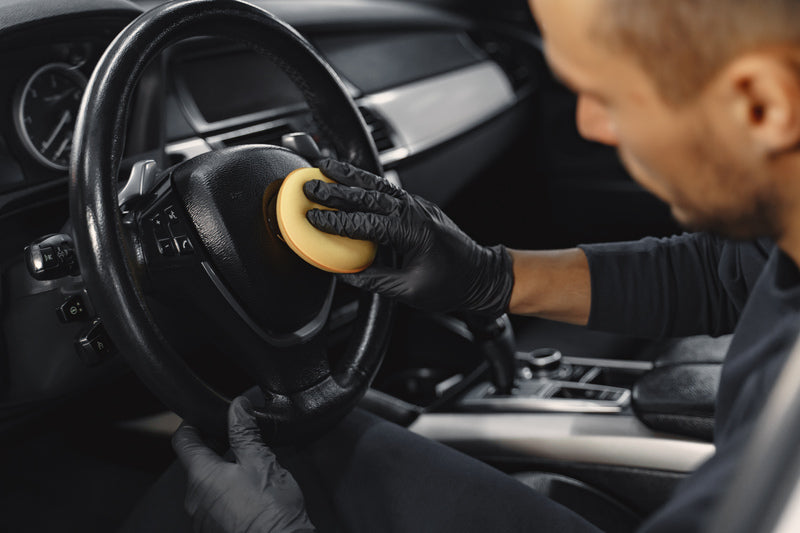The answer, in short, is yes, but with some important considerations. Combining these two protective measures can offer unparalleled defense against environmental hazards, but understanding the properties and application processes of each is crucial for achieving the best results.
Understanding the Basics
Ceramic Coatings are liquid polymers applied to the exterior of a vehicle. They chemically bond with the vehicle’s factory paint, creating a durable, protective layer. This layer repels water, resists UV rays, and provides a glossy finish that can last for years. However, while ceramic coatings excel at protecting against chemical stains, oxidation, and minor scratches, they offer limited protection against physical impacts like rock chips and deep scratches.
Paint Protection Film, on the other hand, is a thick, clear film that physically shields the paint from impacts, scratches, and chips. It’s particularly effective in high-impact areas such as the front bumper, hood, and side mirrors. PPF is self-healing, meaning minor scratches can disappear with heat exposure (e.g., sunlight), and it provides substantial protection against physical damage, albeit with less emphasis on the chemical resistance and glossiness provided by ceramic coatings.
Combining the Best of Both Worlds
Applying a paint protection film over a ceramic coating combines the hardness and chemical resistance of the ceramic with the physical barrier of the PPF. This layered approach ensures comprehensive protection against almost all forms of environmental damage, from UV degradation and acid rain to rock chips and road debris.
However, timing and technique are crucial. Ideally, the ceramic coating should be fully cured before applying the PPF. This can take several days to weeks, depending on the specific products and conditions. Applying PPF over an uncured ceramic coating can lead to adhesion issues or diminished effectiveness of both layers.
Moreover, it's essential to entrust this task to professionals experienced in both applications. They can ensure that the ceramic coating is properly applied and cured before installing the PPF, avoiding any potential compatibility or adhesion problems.













